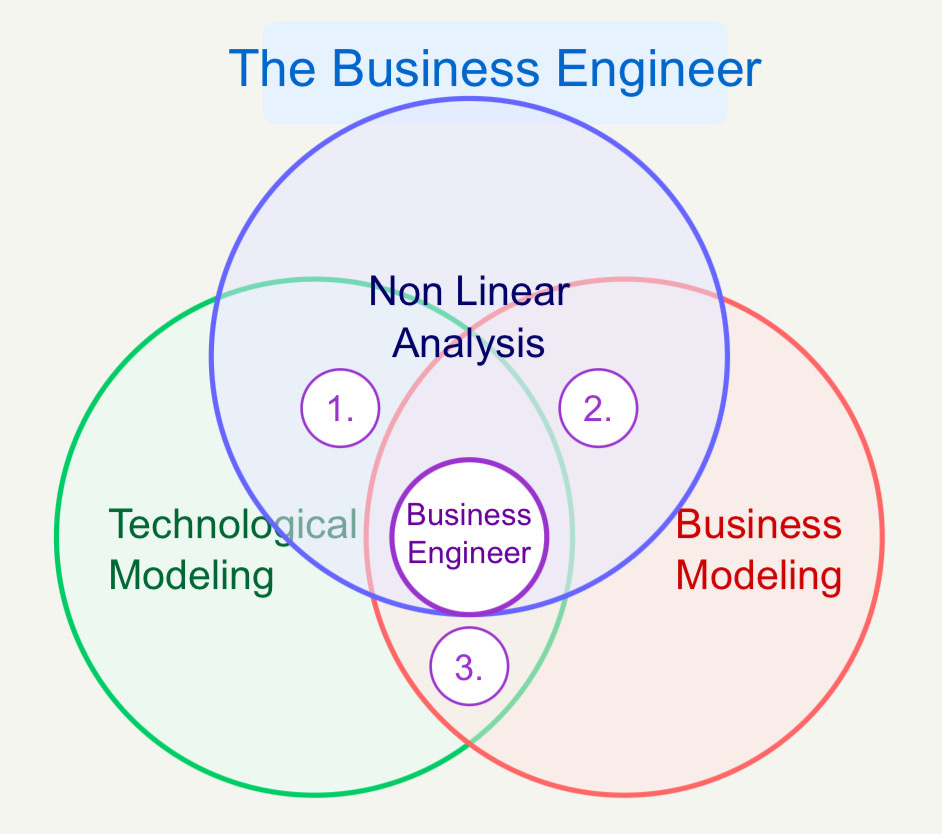This Week In AI Business: The Shifting Global Order [Week #15-2025]
We’re living through a shifting global order.
Hang tight, as I’ll show you what’s happening beneath the surface.
Many people have been sharing this as an example of why tariffs don’t work.
Yet they miss a crucial point.
There isn’t a universal principle for why something like tariffs works or doesn’t work.
There isn’t a single economic principle that applies anytime, anywhere. Economics is not physics; it’s a social science.
As such, its application is highly dependent on the historical context in which it sits.
So, regardless of whether you agree or disagree with tariffs (I don’t in principle), you also need to understand something else: the underlying reality of our lives today and for the last 40-50 years is completely different from other times when tariffs were applied.
In addition, you have to understand that you can’t just look back in time and see when the US applied tariffs, as each time was unique in the country’s history.
And when tariffs got applied, each time they meant something else.
This is not a historical analysis, but an analysis of where we are today, the context, how it’s shifting, and where we’re going.
So, don’t get drawn into the noise of the many discussions in the traditional media and on X, which completely miss the point.
I’m just an average individual, and that is why I am surprised when I see very smart people drawn into senseless discussions, trying to apply universal principles, where they don’t.
Thus, they only touch its surface without ever understanding the underlying shift, and these people miss the whole picture.
That is what I’m here for. I’m no genius, but I’ve trained myself, my entire life, to look at structural matters, not noise above.
The weekly newsletter is in the spirit of what it means to be a Business Engineer:
We always want to ask three core questions:
What’s the shape of the underlying technology that connects the value prop to its product?
What’s the shape of the underlying business that connects the value prop to its distribution?
How does the business survive in the short term while adhering to its long-term vision through transitional business modeling and market dynamics?
These non-linear analyses aim to isolate the short-term buzz and noise, find the signal, and ensure you can reconcile the short-term with the long-term!






